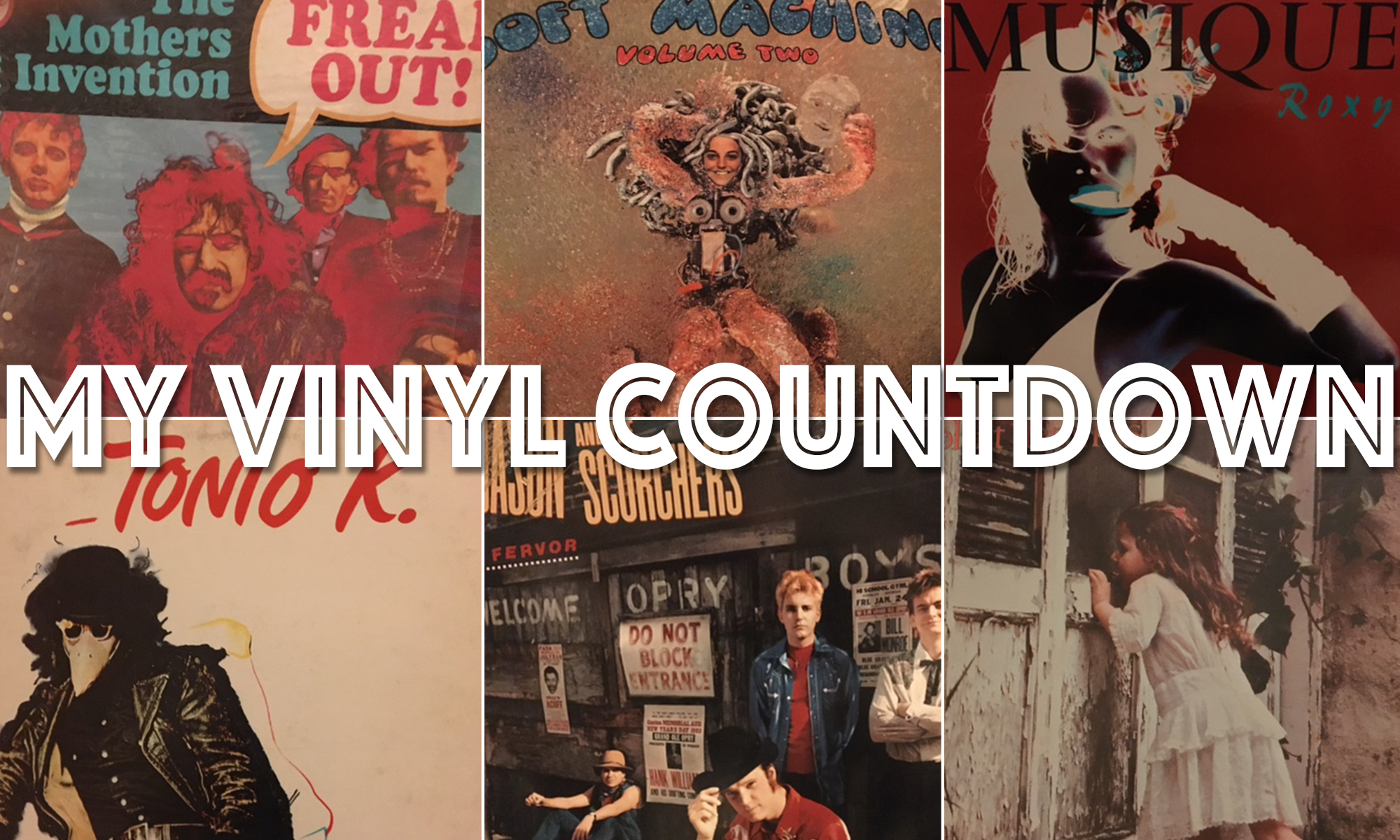When I was about 9 living in the Athens, Ga., I begged my mother to let me mow the lawn. Previous requests had been denied on account of “you’ll cut your leg off.”
That was the standard Mom line, kind of the go-to parallel of “You’ll put your eye out,” as immortalized in the boy’s pursuit of a BB-gun in the movie :A Christmas Story.”
Besides mowing, I also had been pushing for a BB gun.
I didn’t get one of those until about age 12. (A Daisy single pump).
But on the lawn mowing thing, she caved in earlier. Looking back, I’m sure Dad, who had some skin in the game, as the primary lawn mower helped come up with the idea to get the aptly named ‘push mower.’ That is a lawnmower with no gasoline, no engine and no motor-driven whirling blades to cut my leg off.
I didn’t know the nuances of lawnmowers; I was just happy to finally get to mow the lawn. So, I started one bright, hot and humid Saturday and golly it sure was hard to push. But I kept pushing, learning from some instruction to go up and down the lawn in rows leaving no grass in between. I hadn’t figured out the square spiral method of mowing yet where you made a big square of cut grass all around the edge of the lawn and descended with a spiral square until you had a satisfying tiny block of grass left.
No, on my first day, I realized this was no easy job. After about 20 or 30 minutes I had mowed two rows, came inside and declared I would finish later. Sunday came and I went at it, maybe knocking out three rows before quitting. I was hitting a rhythm. Monday, Tuesday, Wednesday, Thursday, knocking off a couple or three rows each day in about 30 minutes of sweltering work. I remember skipping my mowing workout on Friday to play street ball with friends.
But on Saturday I finally finished. I had pushed that powerless grass cutter over every inch of the lawn in one week’s time.
Now for my big life lesson.
I invited my Mom out to see my handiwork. She said she was proud of me. And she said: “It’s time to start mowing again.”
“When?” I asked, fighting tears.
“Now,’ said Mom. “See how it has grown back on this side of the lawn?”
That is when I learned that life is dukkha __ one of the four Noble Truths in Buddhism is that much of life is suffering. My wife, Catherine, taught me the word decades later, learning it from her theological studies. But I learned the concept that hot day, leaning up against a silent, immobile push mower.
I’d like to say I kicked that mower and began stomping it to pieces. That’s what I was thinking anyway. But then I know if I did that my Mom would say something.
“Careful, you’ll cut your leg off.”
So, here I am 50 years later. I have a degenerative brain disease and I’ve made a vow to fulfill a bucket list item of dunking a basketball on a regulation 10-foot goal. I’ve never dunked in my life.
I started in October and I’ve promised updates on my quest to dunk by mid-July.
But like mowing the lawn with that push mower, training can be exhausting, hot, and discouraging when you see no end in sight. It can be body breaking and soul shaking.
As Little Feat sang: “It’s easy to slip.:
And I did.
But don’t bet against me just yet. After a multi-week layoff, I was back on the basketball court Wednesday night. The game was brutal on me. I won’t be dunking anytime soon.
In the meantime, on Nov. 9, I turned 59. Some days I feel every bit of my age and more.
Those who have been following my story know that I have Lewy body dementia, a form of dementia that is the second leading cause after Alzheimer’s.
To those following along – and bless you by the way – I have a blog where I am counting down my vinyl record collection numbering 678. It can be found at www.myvinylcountdown.com. I’m also an AL.com columnist and post a column using pieces of MVC (My Vinyl Countdown). My challenge, I see now, goes beyond exercising my body.
I’m operating under the notion that my life will be shortened. The average lifespan after diagnosis is 5-8 years or 4-7 years, depending on the source. I was diagnosed at age 56; I am now 59. But averages are averages and I hope to be a long living outlier – as long as my quality of life remains reasonably bearable.
I will tell you this: I feel way better than I feel two years ago. I attribute that to medications, early diagnosis, exercise, and music.
Stay with me, as Rod Stewart used to sing. Maybe just maybe you’ll see me defy not just gravity but health age and common sense.
Like this:
Like Loading...








